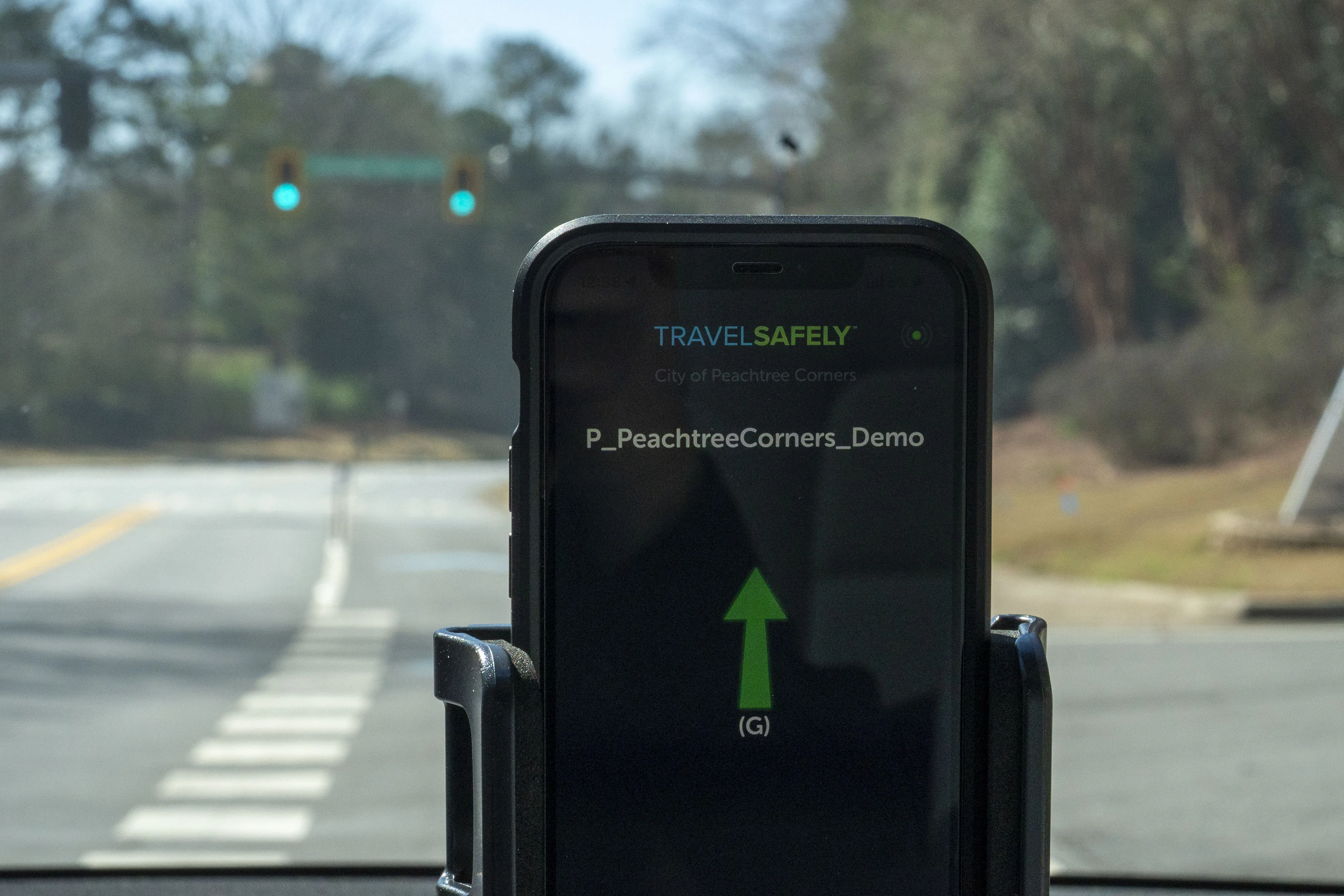Brian Heath, CEO of Drivewyze, says the company’s rollover alerts, on targeted exit ramps and curves, are geo-fenced at 500 locations in 32 states.
“We worked closely with our state partners to identify the areas that had higher incidences of rollovers, so our alerts offer an early warning to drivers to check their speed,” he adds.
The rollover alerts were tested with several Drivewyze customers, which according to Heath, revealed a “measurable slow down in the risk area” and a 17% reduction in speeding incidents around the curves.
“Our internal studies have shown that ‘over speeders’ – going 5 mph over the posted speed limit around curves – are twice as likely to be in a preventable road accident as a driver going the speed limit,” he continues. “Once our customers activate the safety notification product on Drivewyze, its drivers will receive a ‘heads up’ about 1,000 feet before the corner, to get them zeroed in on what’s coming up.”
For the low bridge warnings, Drivewyze identified 1,500 “strike prone bridges” along routes that are commonly used by truck drivers. Drivewyze sends the alert when the truck approaches a low clearance bridges that is geofenced in by the system.
The Drivewyze Safety Notifications service is available for free to subscribers of Drivewyze PreClear, a service which delivers weigh station notifications and bypass services to tablets and smartphones.
It can also be used on a range of partner platforms including ISAAC Systems,
Drivewyze introduces notification service for truck drivers
US technology company Drivewyze has launched a notification service that issues an audible tone and visual alert when a truck approaches dangerous curves or low bridges.
Brian Heath, CEO of Drivewyze, says the company’s rollover alerts, on targeted exit ramps and curves, are geo-fenced at 500 locations in 32 states.
“We worked closely with our state partners to identify the areas that had higher incidences of rollovers, so our alerts offer an early warning to drivers to check their speed,” he adds.
The
August 16, 2019
Read time: 2 mins
US technology company 7189 Drivewyze has launched a notification service that issues an audible tone and visual alert when a truck approaches dangerous curves or low bridges.










